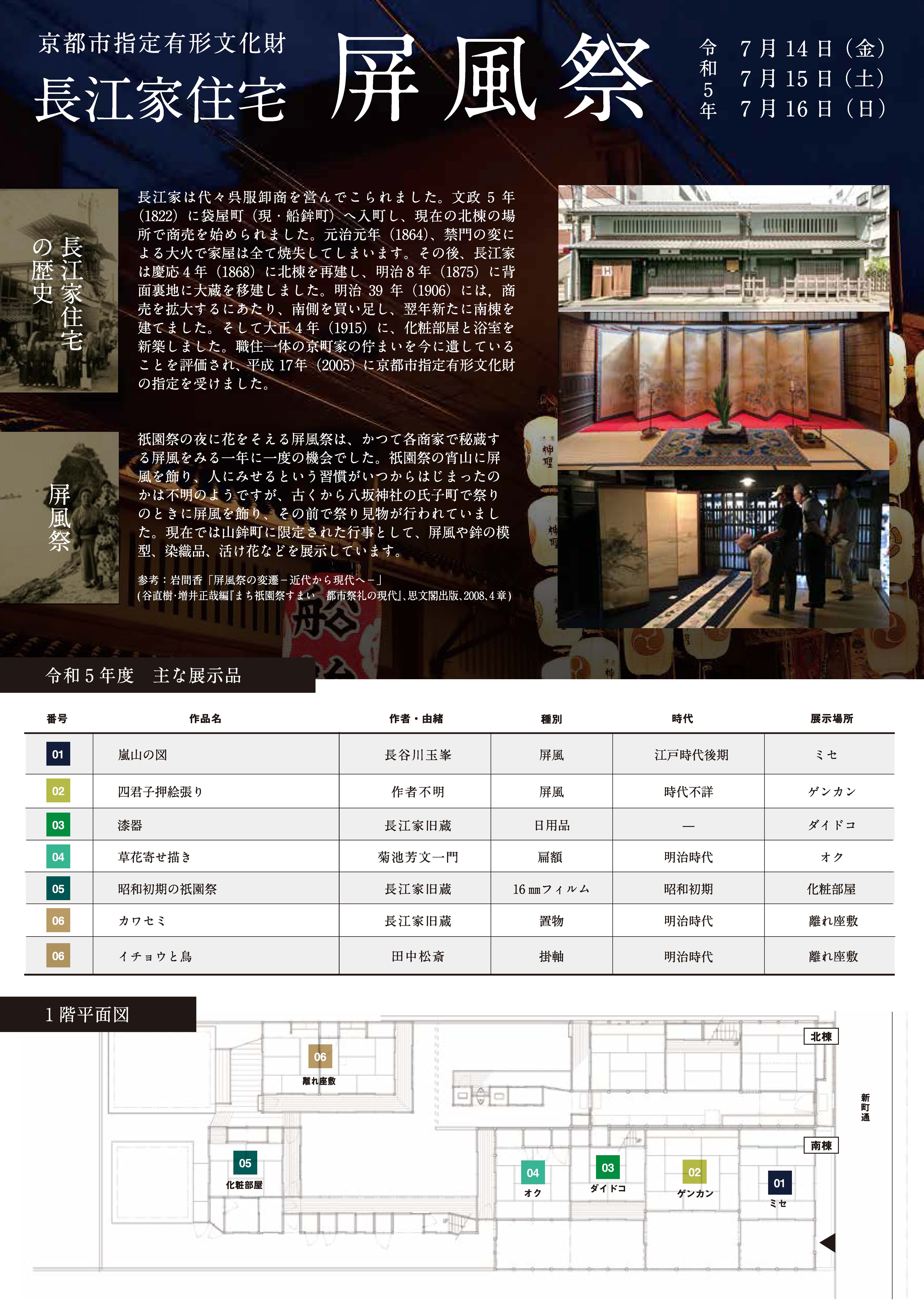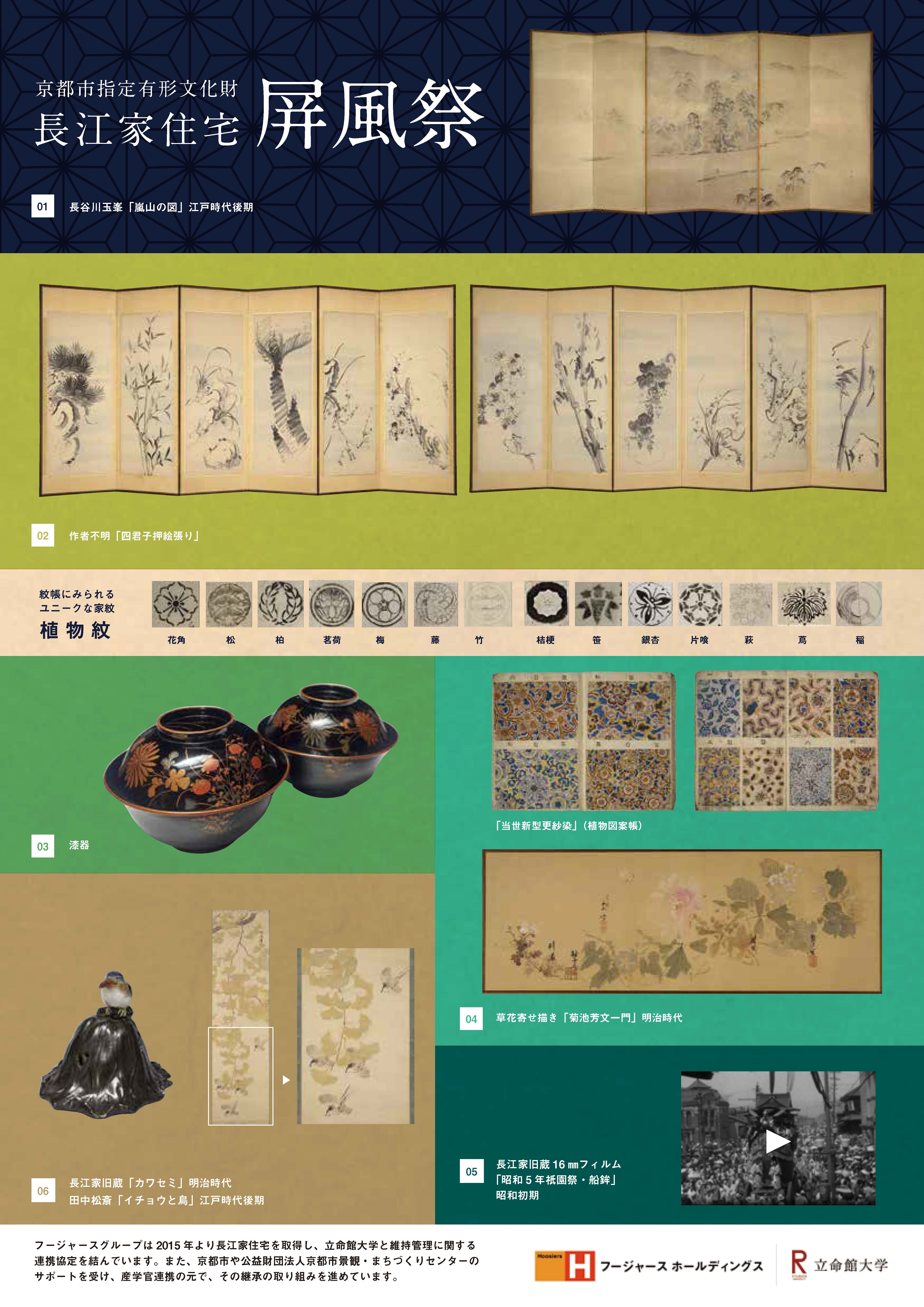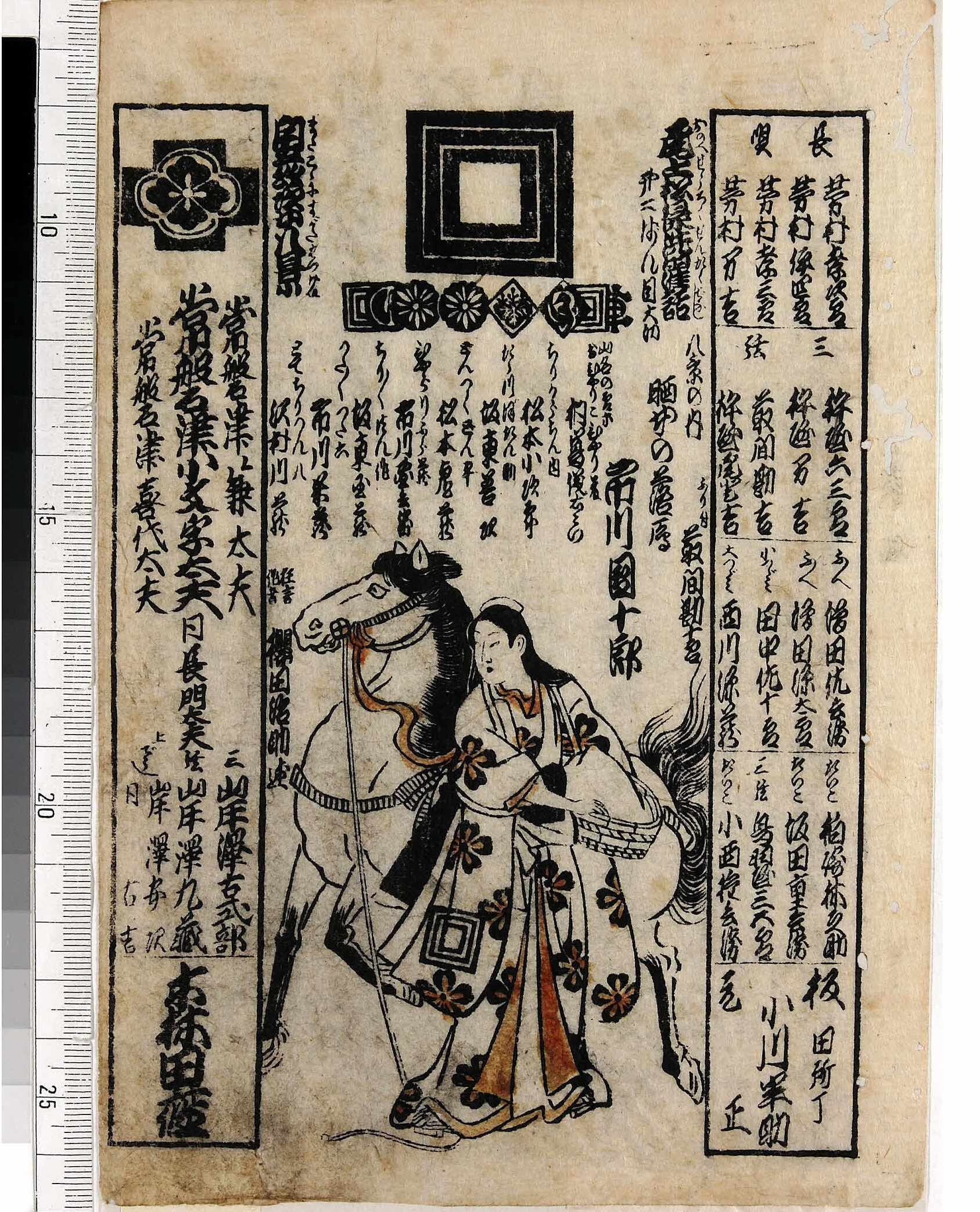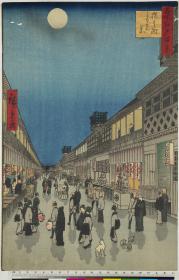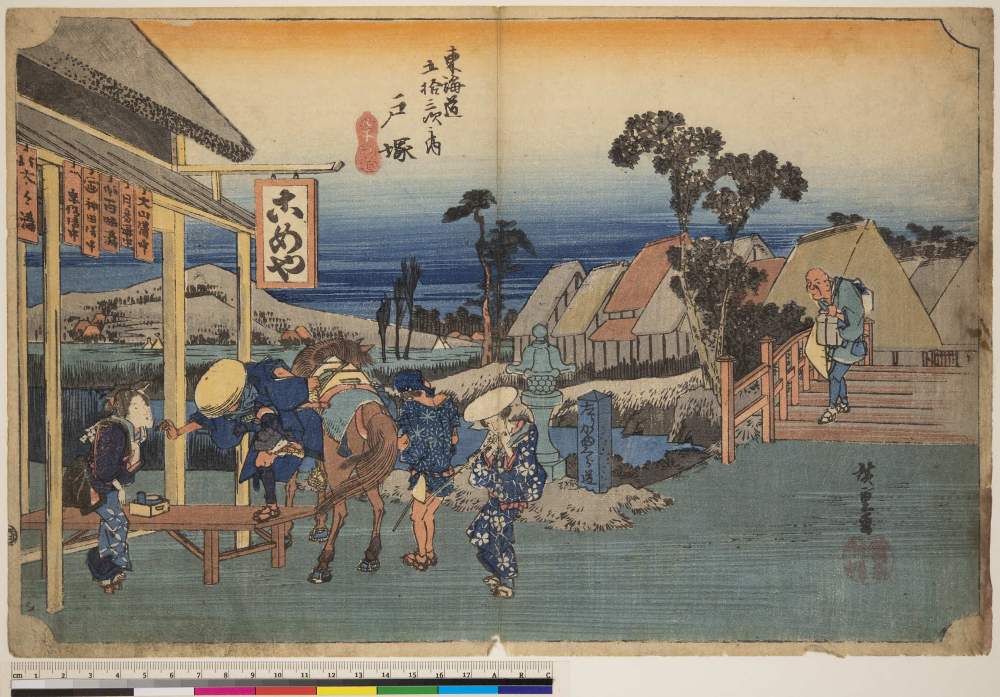-
 8
9
10
11
12
13
14
15
16
17
18
8
9
10
11
12
13
14
15
16
17
18

Background:
Masami Yamada, leader of the ARC-iJAC project Re-thinking Japonisme: Digitization of the V&A's collection of Japanese illustrated books and researching its formation in the late 19th century, is a Curator in the Victoria and Albert Museum's Asia Department. She has particular responsibility for the collections of Japanese lacquerware, netsuke, ukiyo-e woodblock prints and contemporary craft. Her current area of research is contemporary craft, particularly the work of urushi lacquer artists. In 2022, she received the inaugural Sir Nicholas Goodison Award for Contemporary Craft from the Art Fund to further develop the Museum's internationally renowned Japanese lacquer collection.Thank you very much for your time today. How did you first connect with the Art Research Center (ARC) or hear about the International Joint Digital Archiving Center for Japanese Art and Culture (ARC-iJAC)?
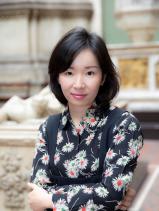
Yamada: The V&A was the first museum where Professor Ryо̄ Akama from the ARC conducted the digitization of a Japanese art collection in Europe 20 years ago. In this first phase of the partnership project, every single artwork from the Museum's extensive collection of ukiyo-e woodblock prints, numbering over 25,000 in total, was photographed. These images were subsequently uploaded onto the Museum's publicly accessible collection database, Explore the Collections. It was a remarkable achievement in the early 2000s when the digital presence of museums was fairly limited.
Soon after I joined the V&A in 2018, I had a chance to meet with Professor Akama and Dr. Ryо̄ko Matsuba, Lecturer in Digital Japanese Arts and Humanities at the Sainsbury Institute for the Study of Japanese Arts and Cultures (SISJAC), in London to discuss the possibility of initiating the second phase of the digitization project. The collections of ukiyo-e prints and illustrated books remain largely uncatalogued and without photographs in the case of the book collection. We agreed that there was much scope to improve the visibility and accessibility of these important collections. So, a collaborative project with the ARC was something I planned to initiate from the very beginning of my time at the V&A.
2023年7月14日(金)・15日(土)・16日(日)「屏風祭」開催
今年は「植物」をテーマに、屏風や所蔵品の一部を展示いたします。立命館大学と株式会社フージャースホールディングスは、今年度も京都市指定有形文化財・長江家住宅で屏風祭を一般公開いたします。
本企画は、長江家住宅の保全と活用、教育・研究の振興・発展に関する事項等について、両者が相互に連携協力することを内容とした覚書(2015年5月27日締結)に基づくものです。祇園祭では、宵山の期間に山鉾町周辺の旧家や老舗がミセの間を屏風や嗜好品などで飾りたてる習慣があり、屏風祭と呼ばれています。長江家住宅では、長江家旧蔵品を所有する立命館大学と連携し、祇園祭の前祭山鉾巡行の宵山期間(7月14日~16日)に屏風祭を行い、一般公開しています。
この機会に是非、足を運んでみてください。開館時間: 2023年7月14日(金)10:00~20:00
15日(土)、16日(日)10:00~19:00(受付終了18:30)会 場: 京都市指定有形文化財 長江家住宅 (京都市下京区新町通仏光寺上ル船鉾町394) 見 学 料 : 1,000円 ※ポストカード付き ※ご予約は不要です。
お問い合せ先
Email:nagaeke@hoosiers.co.jp
電話:075-353-7512(平日のみ。不在の場合もあります。ご了承ください。)長江家住宅公式HP http://www.nagaeke.jp/
2023年7月12日(水)18:00より、Web配信にて第121回国際ARCセミナーを開催いたします。
プログラムは下記となります。講師:阿辺川武氏(東京大学大学院教育学研究科 特任准教授)
タイトル:「3D空間におけるデジタルコンテンツの表現について」
日時:2023年7月12日(水)18:00~19:30
参加:Zoom配信(関係者のみ・予約不要)
※ARCメンバー以外の方は Youtubeよりご参加いただけます。こちらからご覧下さい。
国立音楽大学付属図書館所蔵竹内道敬文庫は、江戸時代の日本音楽に関する世界最大のコレクションです。現在、音曲に関連する浮世絵、芝居番付、長唄正本、義太夫節正本が公開されています。
この度、常磐津節の正本2025件を公開することとなりました。
https://www.dh-jac.net/db1/books/search_kunishohon.php
※ジャンルから「常磐津」を選んで検索してください。常磐津節は、主に江戸歌舞伎をフィールドとして発達しました。竹内文庫の常磐津節正本は、江戸で出版されたものがほとんどですが、名古屋で出版されたものも多く、竹内文庫には、196件の作品があります。
常磐津節正本については、「竹内道敬文庫の世界」の「C資料解説」に掲載されている竹内有一氏(京都市立芸術大学日本伝統音楽研究センター)の解説を御覧ください。
https://www.arc.ritsumei.ac.jp/lib/vm/kunitake/2023/06/C3.html2023年6月21日(水)18:00より、Web配信にて第120回国際ARCセミナーを開催いたします。
プログラムは下記となります。講師:松田陽氏(東京大学大学院人文社会系研究科 准教授)
タイトル:「歴史とお話のはざまで:須磨寺のヒストリア」
日時:2023年6月21日(水)18:00~19:30
参加:Zoom配信(関係者のみ・予約不要)
※YouTube配信はございません。2023年6月7日(水)18:00より、Web配信にて第119回国際ARCセミナーを開催いたします。
プログラムは下記となります。
講師:吉村和真氏(京都精華大学副学⻑、文化庁メディア芸術戦略委員会委員⻑)
タイトル:「マンガのミュージアム/アーカイブ/ネットワーク ~京都精華大学の事例について~」
日時:2023年6月7日(水)18:00~19:30
参加:Zoom配信(関係者のみ・予約不要)
※ARCメンバー以外の方は Youtubeよりご参加いただけます。こちらからご覧下さい。
ロイヤル・オンタリオ・ミュージアム(Royal Ontario Museum (以下ROM))が所蔵する浮世絵版画作品(4233点)と古典籍(74点)がアート・リサーチセンター(以下ARC)のデータベースから公開されました。
【浮世絵】
Royal Ontario Museum Ukiyo-e Database
※浮世絵ポータルデータベースからも、所蔵機関に「Royal Ontario Museum (ROM)」と入力すると閲覧できます。【古典籍】
Royal Ontario Museum: Japanese Old Book Database
※古典籍ポータルデータベースからも、所蔵機関に「Royal Ontario Museum (ROM)」と入力すると閲覧できます。ロイヤル・オンタリオ・ミュージアム(ROM)は、カナダのオンタリオ州トロントにある美術、文化、自然史の博物館です。カナダで最大の日本美術コレクションを有しており、その中で最も充実しているのが浮世絵版画です。
ROMの浮世絵版画コレクションのデジタル化は新型コロナウイルスによるパンデミックが近づく2020年3月、移動制限が迫る中、浮世絵版画については全作品を、古典籍については、一部のデジタル化を進めました。その後、ARCでは、データベースに搭載し、メタデータを加えてデータ整理を続けてきましたが、この度、全作品を画像閲覧可能にして一般公開する運びとなりました。 ARCからは、作品ごとに、ROMのコレクションデータベースへのリンクボタンが設置されています。(リンクについては、調整が必要な作品が残ります。)
コレクションには浮世絵版画始期である元禄期の墨摺絵から、大正・昭和期の新版画まで、幅広い時代の浮世絵版画が収集されており、構成ジャンルも多岐に亘ります。
中核となっているのは、ROMの創設者の一人で、初代理事⾧を務められたバイロン・エドモンド・ウォーカー卿のコレクションで、2000点を超える作品は、1926年に遺贈されています。
主要なジャンルの構成は、名所絵1426点、美人画685点、武者絵464点、役者絵375点、物語絵361点(武者絵との重複も含む)となりますが、とくに戦争絵219点が含まれる他、地震絵・鯰絵83点、異人図33点、さらには摺物が201点もあることは注目に値します。絵師では広重〈1〉が750点、月耕716点、北斎300点、豊国〈1〉125点、国貞〈1〉100点、歌麿117点という構成になっています。
この内、武者絵は、マクマスター大学(オンタリオ州ハミルトン)の英語学教授だった故ジェームス・キング氏のコレクションが2009年に寄贈され、充実しました。また、尾形月耕の作品がまとまって収蔵されているのは、2016年にトロントのヨーク大学法学部図書館司書だったバルフォア・ハレヴィー氏が⾧年かけて蒐集した600点以上の作品が寄贈されたからで、月耕の研究には必須のコレクションです。
この公開により、さらなる研究の発展が期待されます。是非ご活用ください。<参考>
・James King and Yuriko Iwakiri: Japanese Warrior Prints, 1646-1904. Hotei, 2007.
・Sir Byron Edmund Walker | Royal Ontario Museum (rom.on.ca):
https://www.rom.on.ca/en/about-us/rom/founders/sir-byron-edmund-walker2023年5月24日(水)18:00より、Web配信にて第118回国際ARCセミナーを開催いたします。
プログラムは下記となります。講師:高橋千晶氏(同志社大学文学部 嘱託講師)
タイトル:「懸賞と写真:雑誌と読者の共同体」
日時:2023年5月24日(水)18:00~19:30
参加:Zoom配信(関係者のみ・予約不要)
※ARCメンバー以外の方は Youtubeよりご参加いただけます。こちらからご覧下さい。
バークレー美術館・太平洋フィルムアーカイブ(BAMPFA)が所蔵する浮世絵版画作品 1541点がアート・リサーチセンター(以下ARC)から公開されました。
Ukiyo-e Database for Berkeley Art Museum and Pacific Film Archive
※なお、浮世絵ポータルデータベースからも、所蔵機関に「BAMPFA」と入力すると閲覧できます。BAMPFAは、バークレーのダウンタウンの中心部に建つ近代的で斬新なデザインの建物で、カリフォルニア大学バークレー校の大学美術館です。
ARCは、2019年9月に浮世絵版画のデジタル化を許可され、所蔵するすべてのデジタル化を完了しました。
その後、2020年2月にメタデータを加え、プロジェクトの報告を美術館に向けて行い、新型コロナウィルスのパンデミックの間も、データの整備を進めてきました。
今回、美術館担当者との調整の上、ARCからも画像閲覧のできるデータベースとして一般公開に至りました。
ARCからは、作品ごとに、BAMPFAのコレクションデータベースへのリンクボタンが設置されています。
1541点の内、名所絵が594枚と最も多く、次いで美人画が501枚、役者絵が224枚、武者絵83枚という構成で、絵師は、広重が359枚、国貞〈1〉が164枚、北斎が118枚、国芳が72枚となっています。特に注目できるのは、摺物が134枚、柱絵が120枚もあることで、この公開によって、一層の研究が進むことが期待されます。2023年5月10日(水)18:00より、Web配信にて第117回国際ARCセミナーを開催いたします。
プログラムは下記となります。講師:石橋直樹氏(武蔵野大学データサイエンス学部データサイエンス学科 教授)
タイトル:「Artizon Cloud: 美術館を対象としたマルチデータベースシステムアーキテクチャとその応用」
日時:2023年5月10日(水)18:00~19:30
参加:Zoom配信(関係者のみ・予約不要)
※ARCメンバー以外の方は Youtubeよりご参加いただけます。こちらからご覧下さい。
 8
9
10
11
12
13
14
15
16
17
18
8
9
10
11
12
13
14
15
16
17
18



